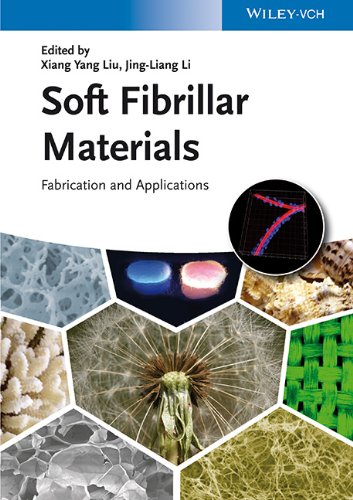

Most ebook files are in PDF format, so you can easily read them using various software such as Foxit Reader or directly on the Google Chrome browser.
Some ebook files are released by publishers in other formats such as .awz, .mobi, .epub, .fb2, etc. You may need to install specific software to read these formats on mobile/PC, such as Calibre.
Please read the tutorial at this link. https://ebooknice.com/page/post?id=faq
We offer FREE conversion to the popular formats you request; however, this may take some time. Therefore, right after payment, please email us, and we will try to provide the service as quickly as possible.
For some exceptional file formats or broken links (if any), please refrain from opening any disputes. Instead, email us first, and we will try to assist within a maximum of 6 hours.
EbookNice Team

Status:
Available4.4
13 reviewsAs one of the most important classes of soft materials, supramolecular materials are of a mixture of networks of molecular chains/fibrils and a liquid. These self-assembled fibrous/ molecular architectures exhibit various functionalities, ie. superhydrophobicity or superior mechanical strength, etc. and consist of the controllable structures.
They can be functioned via micro/nano engineering, to have some particular added functions, ie. emission materials, tissue engineering scaffolds, bio imaging and sensing materials etc. They have therefore found broad applications in photography, cosmetics, food and petroleum industries and not the least in the biomedical sector where there is strong interest in these materials as drug delivery agents.
The book covers the most important soft functional materials, including small molecule physical gels, silkworm silk and spider silk fibers and functional fibers, with respect both to the fundamentals and to development and engineering methods. It provides the reader with the necessary knowledge on the chemical and physical formation mechanisms of these materials and demonstrates that one can rationally design and tune the fibrillar networks so that the resulting materials exhibit the desired functionalities.
This work is a must-have for all Materials Scientists, Polymer Chemists, Condensed Matter Physicists, and Biotechnologists working in this interdisciplinary field.